Robotics News
The Robot Report
256
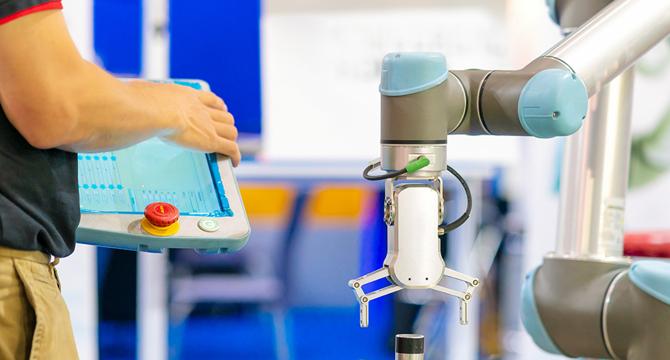
Image Credit: The Robot Report
Collaborative robot market to reach $7.2B by 2030, predicts ABI Research
- The collaborative robot market is predicted to reach $7.2 billion by 2030, according to ABI Research.
- The revenue from collaborative robots is expected to increase from $970 million in 2023 to $7.2 billion by 2030, with a compound annual growth rate of 28%.
- Factors driving cobot sales include safety, lower average selling prices, and increased accessibility.
- The automotive segment is expected to drive cobot uptake, with shipments growing from 13,000 in 2023 to 115,000 by 2030.
Read Full Article
15 Likes
The Robot Report
399
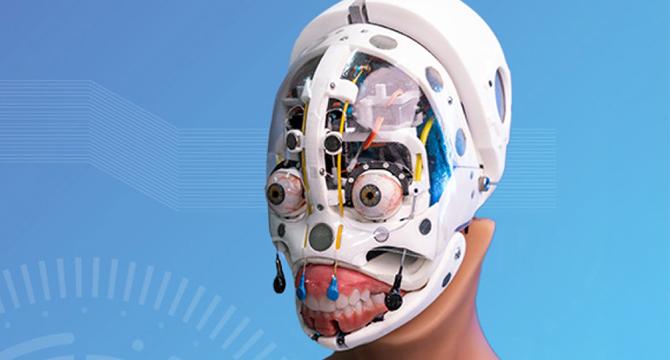
Image Credit: The Robot Report
Realbotix releases Robotic AI Vision System for its humanoids
- Realbotix Corp. has launched its Robotic AI Vision System for humanoid robots, which includes face and object recognition, facial tracking, and real-time scene-detection capabilities.
- The new AI vision system aims to enhance human-machine interaction and provide real-time awareness for the robots.
- Robots equipped with the system can dynamically adjust their facial expressions and engage in emotionally engaging and natural responses.
- Realbotix's Robotic AI Vision System has potential applications in healthcare, retail and security, smart homes, entertainment, and more.
Read Full Article
24 Likes
The Robot Report
82

Image Credit: The Robot Report
Humanoid shows off HMND 01 robot to work alongside people
- London-based startup Humanoid has unveiled its HMND 01 robot, showcasing its mechanical design, motion control, and AI integration.
- Humanoid aims to develop commercially scalable, safe, and general-purpose humanoid robots to facilitate human-robot collaboration.
- The HMND 01 robot has a modular design, can reach a walking speed of 1.5 m/s, and carry payloads up to 15 kg.
- The robot is designed for various applications, including goods handling, picking and packing, and kitting.
Read Full Article
4 Likes
Discover more
The Robot Report
45
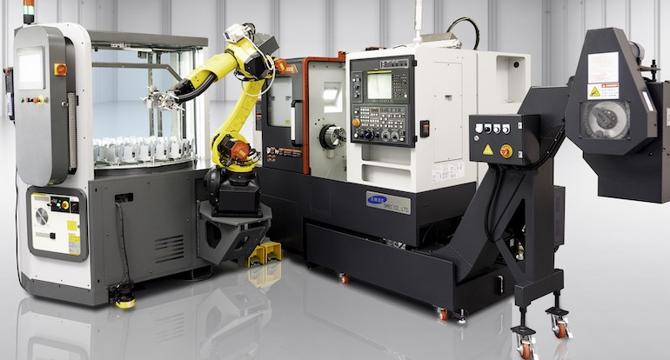
Image Credit: The Robot Report
Automatic gripper changes can add flexibility in manufacturing
- Automatic gripper changes provide a practical solution for CNC machines to transition seamlessly between tasks without manual intervention.
- Automatic gripper changes allow CNC machines to handle varying workpieces efficiently without interrupting workflows.
- Automatic gripper changes ensure accurate and repeatable transitions, resulting in higher quality outputs and fewer defects.
- The integration of automation technologies like automatic gripper changes aligns with the goals of Industry 5.0, enabling greater efficiency, precision, and adaptability in manufacturing.
Read Full Article
2 Likes
The Robot Report
225

Image Credit: The Robot Report
SS Innovations says robotic telesurgery can change surgeon training and access to care
- SS Innovations International Inc. aims to make healthcare more accessible through robotic telesurgery, with a focus on rural areas with limited medical services.
- Their SSI Mantra 3 system, costing one-third of Intuitive Surgical’s da Vinci system, was approved for remote surgery and teleproctoring, offering potential for remote surgeries and medical education.
- With an ergonomic Surgeon Command Centre and advanced monitoring systems, the SSI Mantra 3 enables real-time visualization of robotic procedures and diagnostic imaging.
- Starting with basic surgeries and progressing to complex cardiac procedures, SS Innovations has demonstrated the effectiveness of their telesurgical approach.
- Partnering with Airtel in India for dedicated fiber optic lines, SS Innovations is expanding its telesurgery capabilities, aiming for transcontinental surgeries in France and Indonesia.
- The use of robotic telesurgery offers enhanced visualization through 3D vision, benefiting both experienced and novice surgeons in performing procedures more effectively.
- SS Innovations emphasizes the training aspect of telesurgery, enabling remote coaching and support for young surgeons to improve their skills without needing to convert surgeries to open procedures.
- Their goal is not to replace surgeons but to elevate surgical capabilities worldwide by leveraging telesurgery to provide necessary support and training.
Read Full Article
13 Likes
Unite
367

Image Credit: Unite
China’s Watchful Eye: AI Surveillance in Uganda
- State-driven surveillance programs, supported by powerful tech exporters like China, are rapidly evolving worldwide, with Uganda as a case study for AI surveillance in the name of national security.
- Uganda's AI surveillance system, aided by Huawei, features thousands of CCTV cameras with facial recognition, raising concerns about privacy, technology abuse, and state surveillance implications.
- The Safe City Surveillance Project in Uganda, managed by Huawei, began in response to violent crimes in 2017, highlighting the expanding use of CCTV technology in major towns and highways.
- Huawei's unique ownership structure, tied to a trade union committee, raises questions about control and government influence, despite the company's claims of independence.
- Uganda's government justifies AI surveillance as a means to combat violent crime but faces criticism for potential misuse of technology, especially during sensitive political periods.
- Privacy concerns and lack of legal oversight surround Uganda's AI surveillance program, with fears of political surveillance and data misuse impacting citizens' rights and freedoms.
- Other African countries like Kenya and Zimbabwe have also embraced AI-powered surveillance systems, reflecting a broader global trend of balancing security needs with privacy rights in the digital age.
- The expansion of AI surveillance poses challenges in protecting civil liberties, potentially leading to self-censorship, erosion of trust, and stifling of democratic discourse without proper safeguards and transparency.
- As AI surveillance proliferates globally, the series will delve deeper into how governments utilize AI for control, the risks to civil liberties, and the impact on privacy and governance in an increasingly surveilled world.
Read Full Article
22 Likes
Unite
450

Image Credit: Unite
How to Secure AI Training Data
- Securing AI training data is crucial due to the sensitivity and vulnerability of the data, as highlighted by cyber attacks and privacy breaches.
- AI training datasets may contain personal identifiable information (PII) and are susceptible to adversarial attacks like data poisoning.
- Even a small percentage of corrupted data can significantly impact the performance and reliability of AI models.
- Measures to secure AI training data include minimizing sensitive information, restricting access, encrypting data, monitoring usage, and reassessing risks regularly.
- Using synthetic data or anonymizing sensitive details can reduce the risk of privacy breaches.
- Implementing multi-factor authentication and restricting access based on the principle of least privilege are essential security practices for training datasets.
- Encryption and regular backups of data can help protect against unauthorized access and data loss.
- Continuous monitoring of data access and behaviors, along with periodic risk assessments, are critical for maintaining data security.
- Cybersecurity is an ongoing process, requiring regular reviews, audits, and penetration testing to identify and address potential vulnerabilities.
- Ensuring ethical and secure AI development involves prioritizing the protection of training data to mitigate cyber risks and safeguard models.
Read Full Article
27 Likes
The Robot Report
160
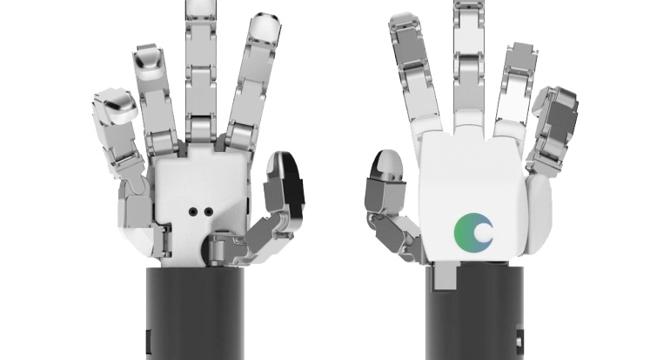
Image Credit: The Robot Report
TESOLLO unveils dexterous robot hand for humanoids
- Korean gripper company TESOLLO has unveiled its latest robot hand, the Delto Gripper-5 Finger (DG-5F), designed for humanoids.
- The DG-5F features 20 degrees of freedom, with each of its five fingers independently operating with four joints, closely mimicking the human hand.
- It measures approximately 20 cm (7.9 in) in length and weighs 1.4 kg (3.1 lb), delivering a gripping force of up to 7 kg (15.4 lb).
- TESOLLO is in discussions with distribution partners and plans to establish numerous regional sales distributors worldwide by 2025.
Read Full Article
9 Likes
Hackernoon
257
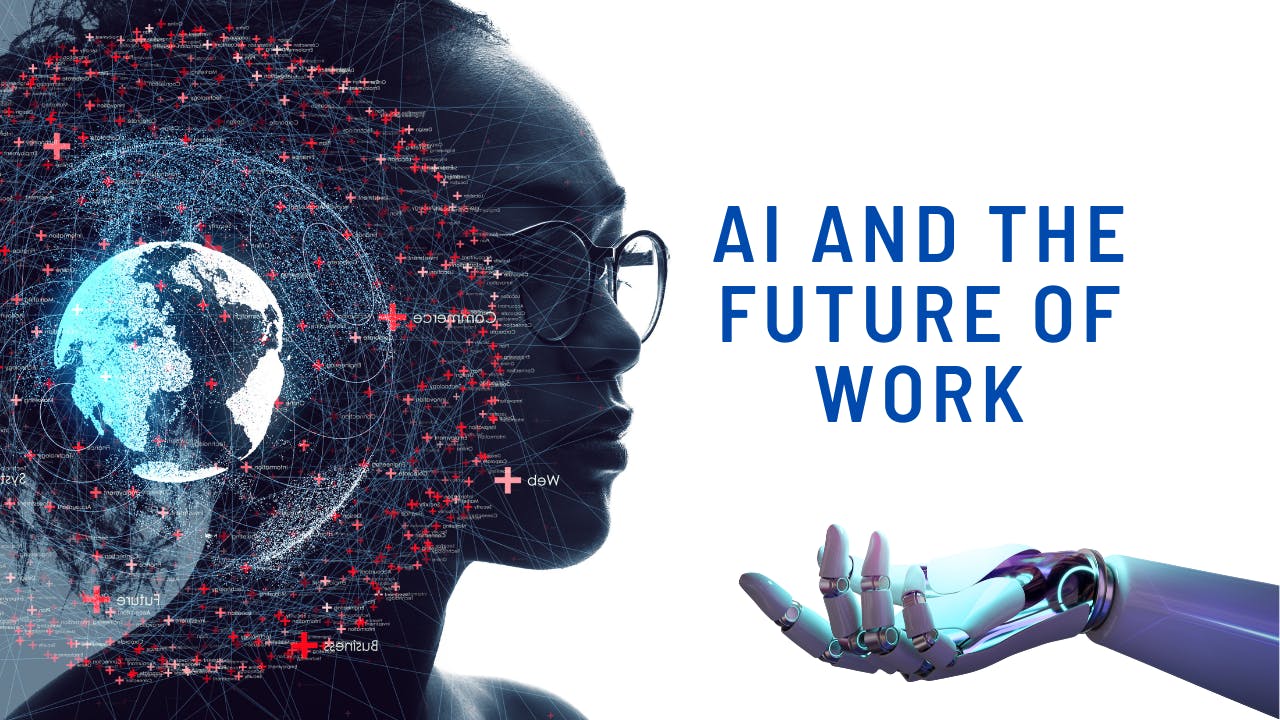
Image Credit: Hackernoon
AI and the Future of Work: Transforming Industries
- AI, or artificial intelligence, is the ability of machines to imitate human intelligence through technologies like machine learning and natural language processing.
- The rise of AI-powered robotics is transforming industries by reducing errors, improving proficiency, and enhancing productivity across various sectors.
- AI's impact on employment creates new opportunities, increases overall productivity, but also threatens certain jobs, leading to potential employee displacement.
- AI is shifting the job market towards more strategic and analytic roles for human workers, as technology takes over labor-intensive tasks.
- AI technologies like ChatGPT and AutoGPT are revolutionizing productivity, creating job opportunities, and streamlining business functions for increased profit margins.
- AI, through tools like ChatGPT, facilitates efficient business operations, reduces waste, improves decision-making, and eliminates junior and mid-level staff positions through automation.
- In various industries, AI is reshaping work compositions by automating processes, making complex decisions, and enhancing productivity through machine learning and automation.
- The adoption of AI in business sectors like finance, healthcare, automotive, cybersecurity, e-commerce, and hospitality is enhancing productivity, work processes, and customer satisfaction.
- AI assists in fraud detection, personalized treatments in healthcare, self-driving vehicles in automotive, and enhanced data security in cybersecurity.
- AI creates job opportunities for those with skills in artificial intelligence and helps in providing relevant job listings for candidates based on their skills and qualifications.
Read Full Article
15 Likes
Pymnts
229
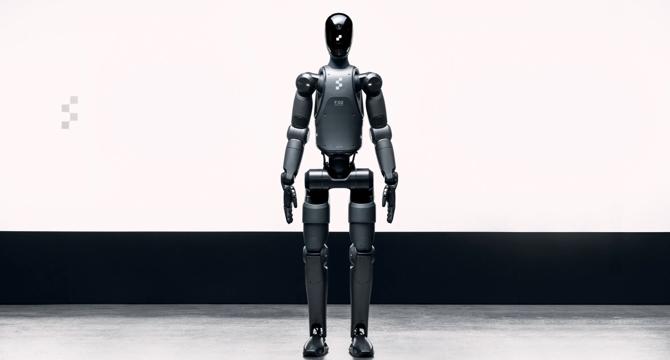
Image Credit: Pymnts
Report: Figure Aims to Raise $1.5 Billion for Humanoid Robots
- Figure, a startup working on humanoid robots, aims to raise $1.5 billion in funding.
- The company made a breakthrough in reasoning abilities and believes its products could be ready for home use in a few years.
- Figure was valued at $2.6 billion in a previous funding round and had notable investors including Microsoft and Jeff Bezos.
- Meta, Apple, and OpenAI are also exploring projects involving humanoid robots.
Read Full Article
13 Likes
The Robot Report
193

Image Credit: The Robot Report
How Apptronik is accelerating the humanoid robot race
- Apptronik, a humanoid robot manufacturer, raised $350M in Series A funding to scale its Apollo humanoid.
- The funding was co-led by B Capital and Capital Factory, with Google also participating.
- Apptronik joins other humanoid companies attracting major investments, such as Figure AI, Agility Robotics, and 1X Technologies.
- FANUC, an industrial robot maker, reported a 16% drop in robot sales due to reduced demand in China, Europe, and the Americas.
Read Full Article
11 Likes
The Robot Report
330
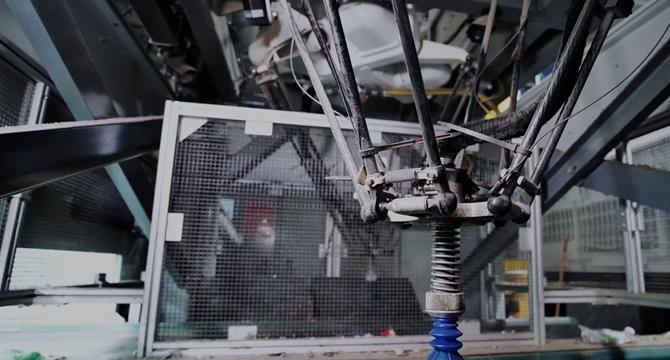
Image Credit: The Robot Report
AMP CEO shares insights into the company’s waste sortation strategy
- AMP Robotics Corp. made significant changes in 2024, including dropping 'robotics' from its name and appointing a new CEO, Tim Stuart.
- The company deployed its AMP One system in Virginia, capable of processing 150 tons of municipal solid waste per day with over 90% uptime.
- Tim Stuart, with a background in waste management, aims to turn AMP into an operating company by partnering with other entities.
- AMP focuses on diverting waste from landfills by extracting recyclables and organics through their waste sortation technology.
- Despite dropping 'robotics' from its name, AMP continues to leverage AI and technology to enhance waste recycling operations.
- AMP plans to expand its technology to enhance sortation lines for municipalities and waste haulers, aiming for more efficient waste management.
- The company's technology is a result of extensive R&D, including building robots and proprietary equipment for waste sortation.
- AMP's CEO highlighted that while waste sortation technology has advanced, there are still constraints hampering wider adoption.
- AMP believes that their technology can significantly reduce landfill waste by up to 60%, offering a sustainable solution for waste management.
- AMP Robotics continues to innovate the waste sortation industry, aiming to revolutionize waste management with advanced robotic and automation technologies.
Read Full Article
19 Likes
The Robot Report
262
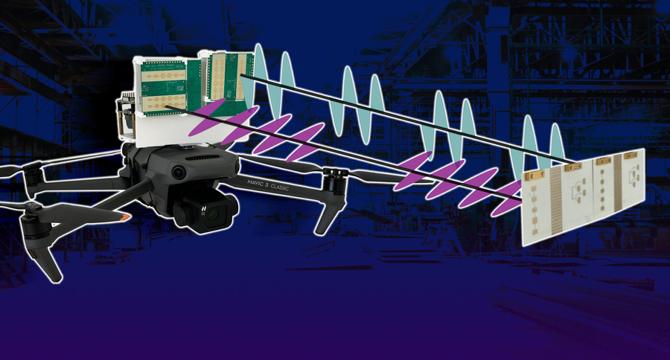
Image Credit: The Robot Report
New MIT tech helps drones fly in dark using millimeter waves
- MIT researchers have developed a new approach called MiFly which enables drones to self-localize in indoor, dark, and low-visibility environments using millimeter waves reflected by a single tag.
- MiFly allows drones to determine their position in spaces where GPS, computer vision, or lidar may be unreliable or ineffective.
- The system uses off-the-shelf radars to localize the drone in relation to the tag and estimate its trajectory with high accuracy.
- Researchers conducted numerous flight experiments and consistently achieved localization to within 7 centimeters.
- By utilizing millimeter waves, the system can operate in indoor environments and travel through materials like cardboard and plastic.
- The MiFly system involves backscattered signals reflected by a tag, enabling drones to self-localize efficiently.
- Polarization and modulation techniques are used to differentiate reflections from surrounding environments and the tag, allowing precise location estimation.
- Incorporating the drone's inertial measurement unit helps estimate the drone's six-degree-of-freedom pose accurately and quickly.
- The MiFly system demonstrated consistent high accuracy in various indoor environments and achieved reliable localization estimates even at distances from the tag.
- Future plans include extending the system's capabilities through additional hardware enhancements and incorporating it into autonomous navigation for diverse commercial applications.
Read Full Article
15 Likes
For uninterrupted reading, download the app